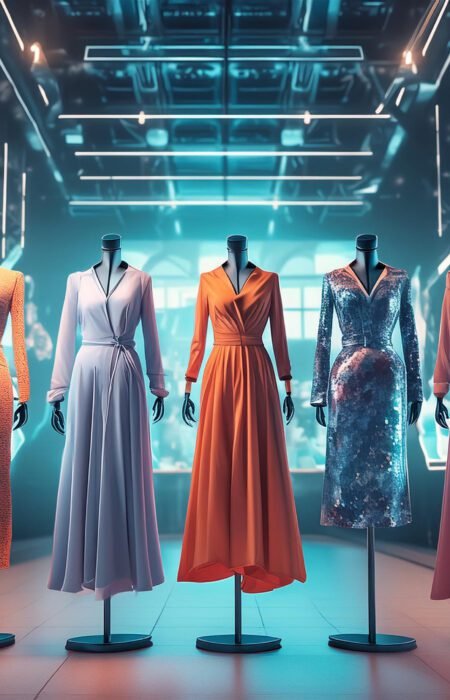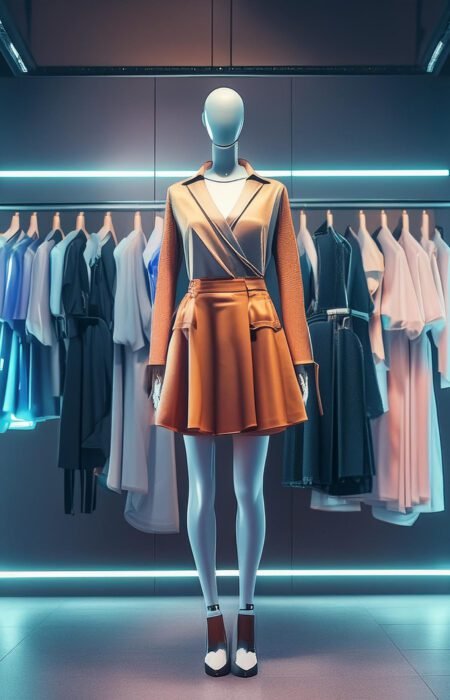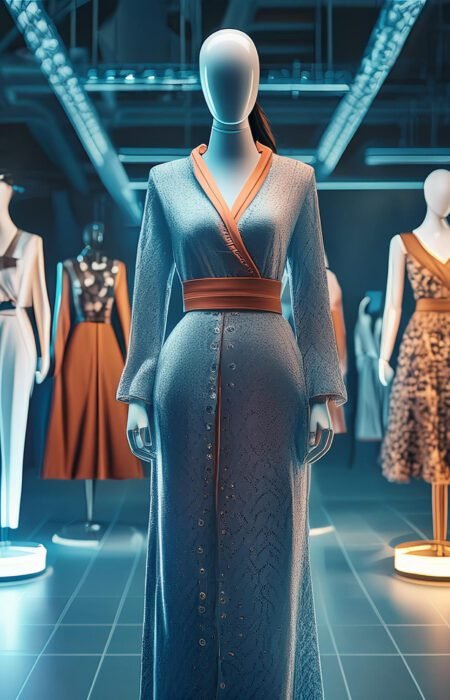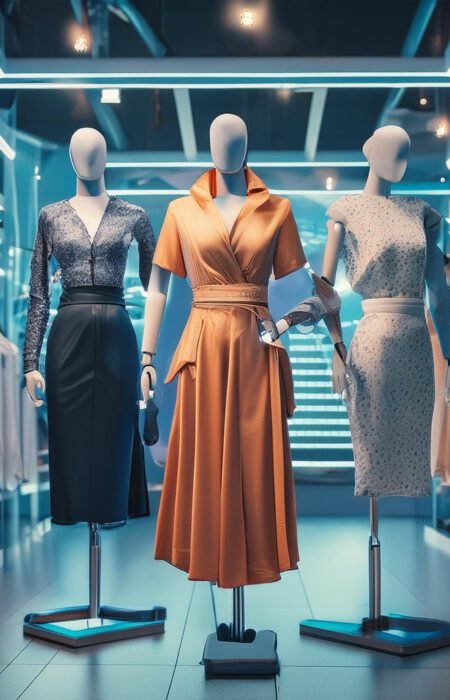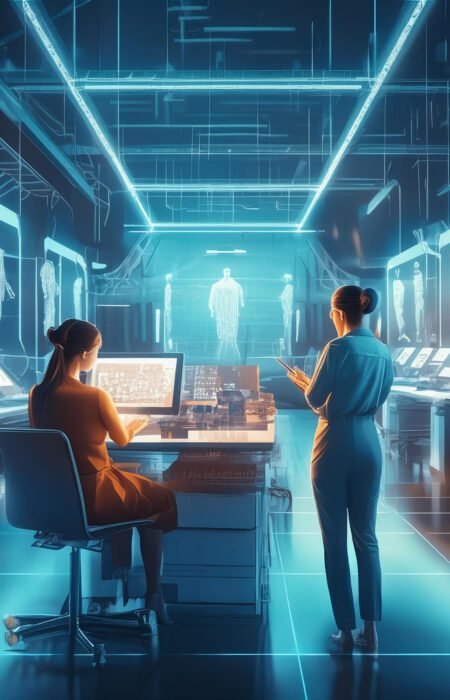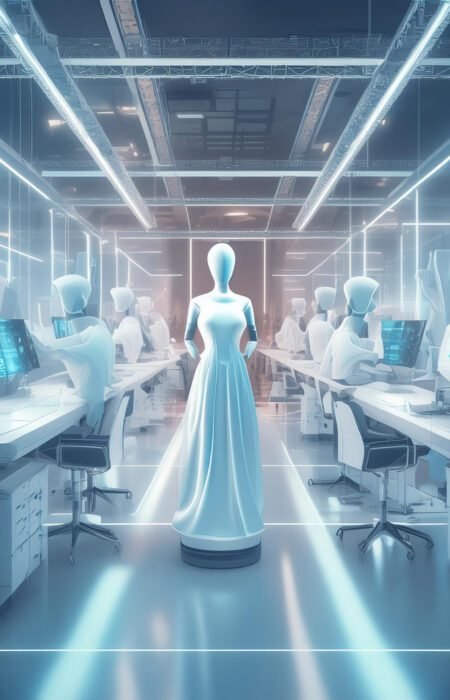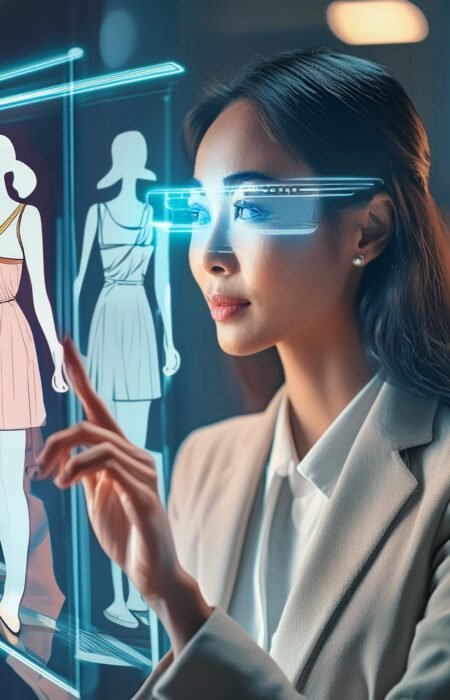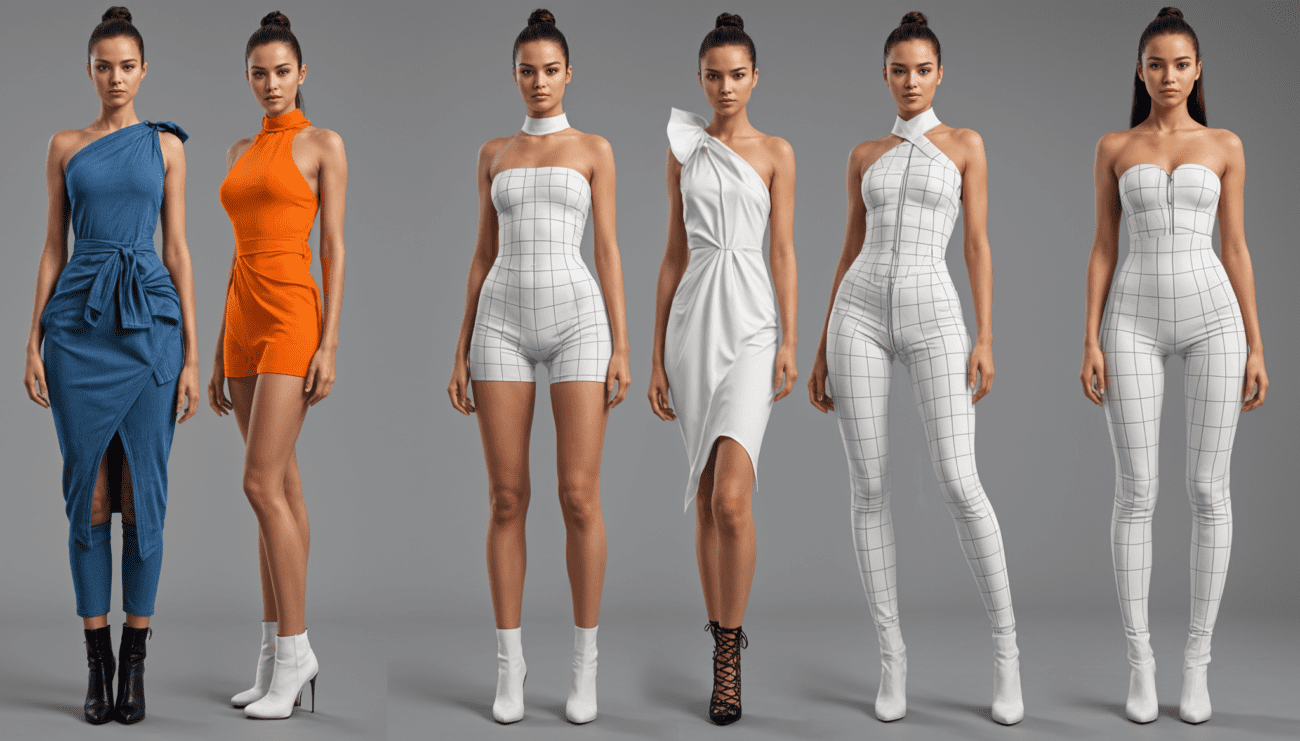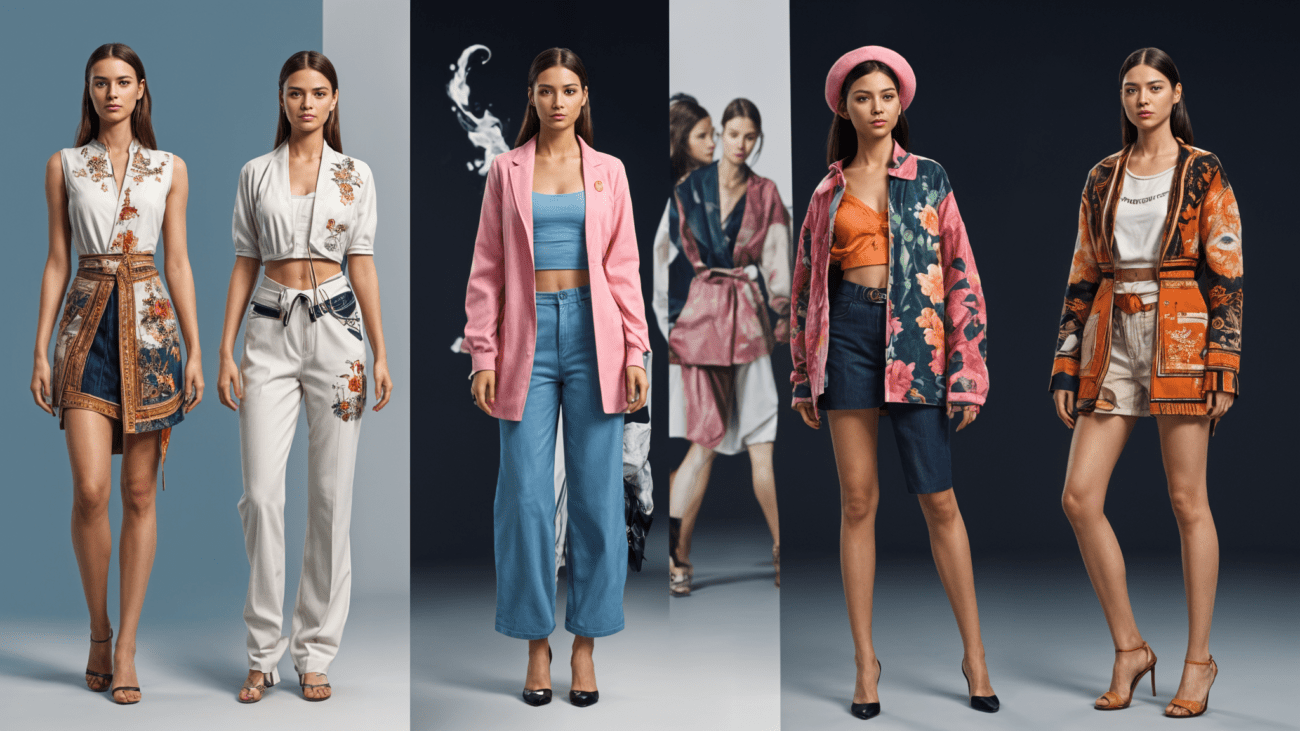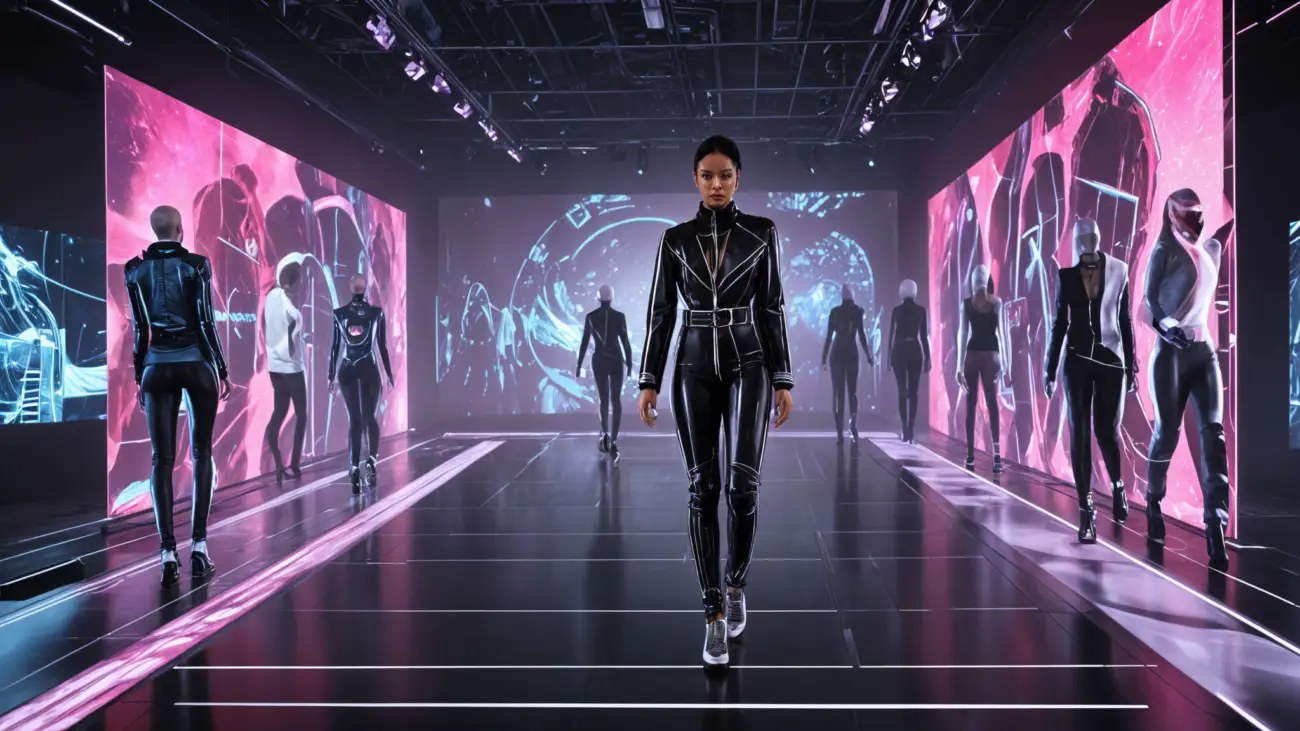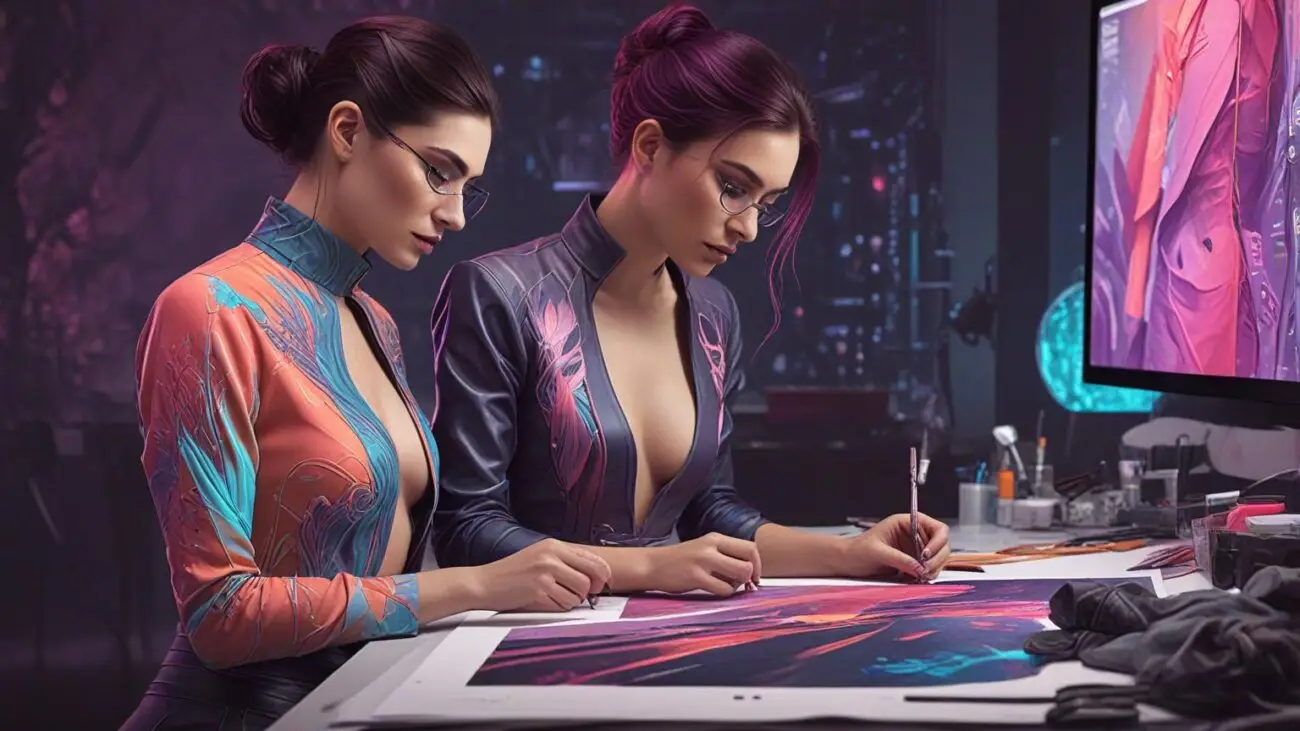Table of Contents
ToggleIntroduction
Virtual fashion is revolutionizing the fashion industry by integrating advanced digital technologies into the creation, presentation, and consumption of fashion. This innovative approach not only enhances creativity and sustainability but also offers new opportunities for designers and consumers alike. In this article, we explore how virtual fashion is redefining the fashion industry and its far-reaching impact.
What is Virtual Fashion?
Virtual fashion refers to the use of digital technology to design, create, and showcase clothing and accessories. This includes the creation of digital garments, virtual fashion shows, and augmented reality (AR) shopping experiences. Key components of virtual fashion include 3D modeling, digital textiles, and immersive virtual environments.
The Rise of Virtual Fashion
The evolution of fashion from traditional methods to digital platforms has been driven by several factors:
Technological Advancements
Innovations in 3D modeling, AR, and VR have made it possible to create highly detailed and realistic digital garments.
Pandemic Influence
The COVID-19 pandemic accelerated the shift towards virtual fashion as physical events and traditional production methods faced significant disruptions.
Consumer Demand
Modern consumers seek unique and customizable fashion experiences, which virtual fashion can provide.
Impact on Fashion Design
Virtual fashion has transformed the design process by providing designers with advanced tools and software to create intricate and innovative garments:
Enhanced Creativity
Designers can experiment with complex patterns, textures, and structures without the limitations of physical materials.
Digital Design Tools
Software like CLO 3D, Marvelous Designer, and Blender enable designers to create and visualize their garments in a virtual space, allowing for rapid prototyping and iteration.
Virtual Fashion Shows and Runways
Virtual fashion shows have emerged as a popular alternative to traditional runway events. They offer numerous advantages:
Global Reach
Virtual fashion shows can be accessed by audiences worldwide, breaking geographical barriers and increasing exposure.
Cost-Effectiveness
Eliminating the need for physical venues, travel, and logistics reduces costs significantly.
Innovative Presentations
Digital runways allow for creative and interactive presentations, using AR and VR to enhance the viewer experience.
Sustainability and Environmental Impact
One of the most significant benefits of virtual fashion is its positive impact on sustainability:
Reduced Waste
Digital garments eliminate the need for physical samples and prototypes, reducing fabric waste.
Resource Efficiency
Virtual fashion minimizes the environmental impact of traditional production processes, such as water and energy consumption.
Business Models and Market Dynamics
Virtual fashion is reshaping the fashion industry's business models and market dynamics:
On-Demand Production
Digital designs can be produced on-demand, reducing overproduction and inventory costs.
New Revenue Streams
Virtual fashion opens up opportunities for digital asset sales, such as virtual clothing for avatars in online games and metaverses.
Consumer Experience and Engagement
Virtual fashion enhances the consumer experience by offering new ways to interact with fashion:
Virtual Try-Ons
AR technology allows consumers to try on digital garments virtually, improving the online shopping experience.
Customization
Consumers can personalize digital garments, selecting colors, patterns, and fit preferences.
Challenges and Future Prospects
Despite its potential, virtual fashion faces several challenges:
Technical Challenges
Ensuring high-quality digital representations and seamless user experiences requires advanced technology and expertise.
Adoption Barriers
The fashion industry needs to overcome traditional mindsets and embrace digital transformation.
Future Trends
The future of virtual fashion looks promising, with advancements in AI, blockchain, and smart textiles expected to further enhance its impact.
Conclusion
Virtual fashion is redefining the fashion industry by introducing new levels of creativity, sustainability, and consumer engagement. As technology continues to evolve, the potential for virtual fashion to transform the industry is immense. Designers, buyers, and consumers should embrace this digital revolution to stay ahead in a rapidly changing fashion landscape.


